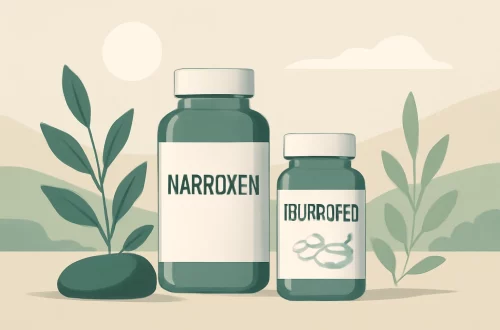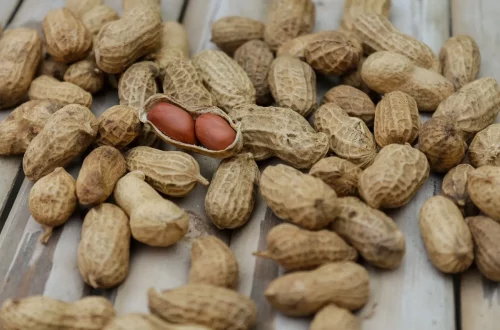
Understanding Your Cat’s Growth Chart for Optimal Health
Understanding your cat’s growth and development is crucial for ensuring optimal health throughout their life. Cats, like all living beings, undergo various stages of growth that are influenced by multiple factors, including genetics, nutrition, and environment. Owners often find themselves wondering if their furry friends are growing at a healthy rate or if they are experiencing any developmental issues. Understanding the growth chart of your cat can provide valuable insights into their overall well-being.
During the early stages of life, kittens grow rapidly, and their health can be influenced by the quality of care they receive. As they transition into adulthood, their growth may slow down, but their nutritional needs continue to evolve. Learning about the different growth phases can help you identify any potential health concerns early on. Additionally, being aware of the benchmarks for weight and size can assist you in providing the best care possible, ensuring that your cat remains healthy and happy throughout their life.
In this article, we will delve into the various stages of feline growth, nutritional requirements, and how to interpret growth charts effectively. By understanding these concepts, you can become a more informed cat owner, better equipped to support your pet’s health and development.
Stages of Cat Growth and Development
Cats go through several distinct stages of growth, each characterized by unique physical and behavioral changes. Understanding these stages can help you monitor your cat’s development and address any concerns that may arise.
The first stage of growth occurs from birth to around six months of age. During this time, kittens experience rapid physical changes and development. They typically double their birth weight within the first week and continue to gain weight consistently. Kittens are highly dependent on their mothers for nutrition during this period, relying on their mother’s milk to provide essential nutrients. It’s crucial to ensure that nursing mothers are receiving proper nutrition, as this directly affects their kittens’ growth.
As kittens approach the six-month mark, they enter the juvenile stage, which lasts until they are about one year old. During this period, growth begins to slow down, but social and behavioral development becomes increasingly important. Kittens start to explore their environment, develop hunting instincts, and engage in play, which is vital for their physical and mental health. It’s essential to provide stimulating environments and toys during this stage to encourage healthy play and interaction.
Once your cat reaches adulthood, typically around one year of age, their growth plates close, and they attain their full size. Adult cats maintain their weight and physical condition through a balanced diet and regular exercise. It’s important to monitor their weight and adjust their diet as necessary to prevent obesity, which can lead to various health issues. Understanding the stages of development can help you provide appropriate care and make informed decisions about your cat’s nutrition and lifestyle.
Nutritional Needs of Growing Cats
Proper nutrition is essential at every stage of a cat’s life, but it is particularly crucial during the growth phases. Kittens have specific dietary requirements that differ significantly from those of adult cats, and meeting these needs is vital for their development.
Kittens require a diet high in protein and fat to support their rapid growth and energy needs. Commercial kitten food is specially formulated to provide the necessary nutrients, including essential fatty acids, vitamins, and minerals. It’s important to choose high-quality food that meets the standards set by pet food regulations. Additionally, kittens need frequent, small meals throughout the day to fuel their growth, as their small stomachs cannot process large amounts of food at once.
As cats transition into adulthood, their caloric needs change. Adult cats require a balanced diet that helps maintain their weight and overall health. It’s essential to monitor their food intake and adjust portion sizes according to their activity level and health conditions. Overfeeding can lead to obesity, which poses significant health risks, including diabetes and joint problems.
When considering your cat’s nutrition, remember that hydration is also crucial. Cats are prone to urinary tract issues, so ensuring they have access to fresh water at all times is essential. Some cat owners opt for wet food to increase moisture intake, which can be beneficial for overall health.
If you have concerns about your cat’s diet or nutritional needs, consulting with a veterinarian can provide personalized guidance based on your cat’s specific health and lifestyle.
Interpreting Your Cat’s Growth Chart
Understanding how to interpret your cat’s growth chart is vital for monitoring their health and development. A growth chart typically tracks your cat’s weight against their age and can help you identify trends, abnormalities, or areas of concern.
When examining a growth chart, it’s essential to consider your cat’s breed and size. Different breeds have varying growth rates and size expectations, so a Siamese cat will have different benchmarks compared to a Maine Coon. Familiarizing yourself with the average weight ranges for your cat’s breed can provide context when evaluating their growth.
The growth chart usually includes significant milestones, such as when kittens should reach specific weights or sizes. Tracking these milestones can help you determine if your cat is on the right path or if they may need additional support. For instance, if your kitten is consistently below the expected weight range, it could indicate nutritional deficiencies or health problems that warrant further investigation.
Regular veterinary check-ups can assist you in keeping track of your cat’s growth and health. Vets often weigh cats during routine visits and can provide insights into whether your cat is growing appropriately. Keeping a record of your cat’s weight and any changes in behavior or appetite can also be valuable information to share with your veterinarian.
By staying informed and vigilant about your cat’s growth, you can ensure they receive the care and attention they need to thrive.
Promoting Healthy Growth and Development
Promoting your cat’s healthy growth and development requires a multi-faceted approach that includes proper nutrition, regular veterinary care, and a stimulating environment. As a responsible cat owner, you play a significant role in ensuring that your feline friend grows into a healthy adult.
One of the most critical aspects of your cat’s health and development is nutrition. Providing a balanced diet tailored to your cat’s age, size, and activity level is essential. High-quality, species-appropriate food can help support their growth, maintain their weight, and prevent health issues down the line. Consult your veterinarian for recommendations on the best food options for your cat.
In addition to nutrition, regular veterinary check-ups are crucial for monitoring your cat’s health. Routine visits allow your veterinarian to assess your cat’s growth, conduct necessary vaccinations, and identify any potential health issues early on. Keeping your cat up to date with vaccinations and preventive care is vital for their well-being.
Creating a stimulating environment is also essential for your cat’s physical and mental development. Cats are natural hunters, and providing opportunities for play and exploration can help fulfill their instincts. Interactive toys, scratching posts, and climbing structures can keep your cat engaged and physically active, contributing to their overall health.
Lastly, be attentive to your cat’s behavior and changes in appetite or weight. If you notice significant fluctuations or unusual behaviors, consult your veterinarian promptly. Early intervention can make a substantial difference in your cat’s health and quality of life.
In conclusion, understanding your cat’s growth chart is essential for promoting optimal health and ensuring they thrive throughout their life.
—
**Disclaimer:** This article is for informational purposes only and does not constitute medical advice. For any health concerns regarding your cat, please consult a qualified veterinarian.




